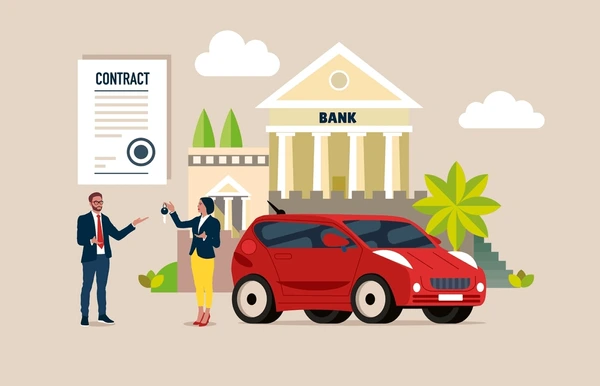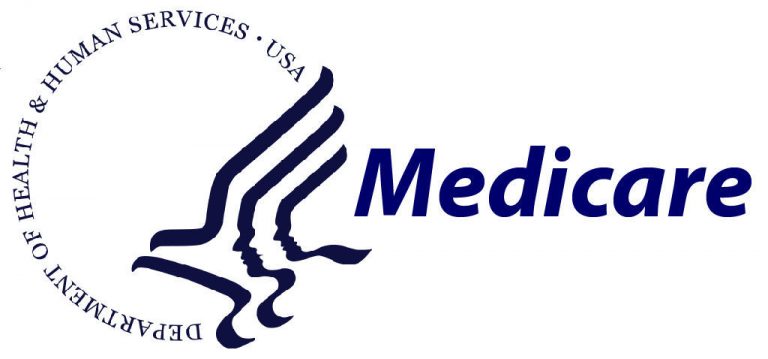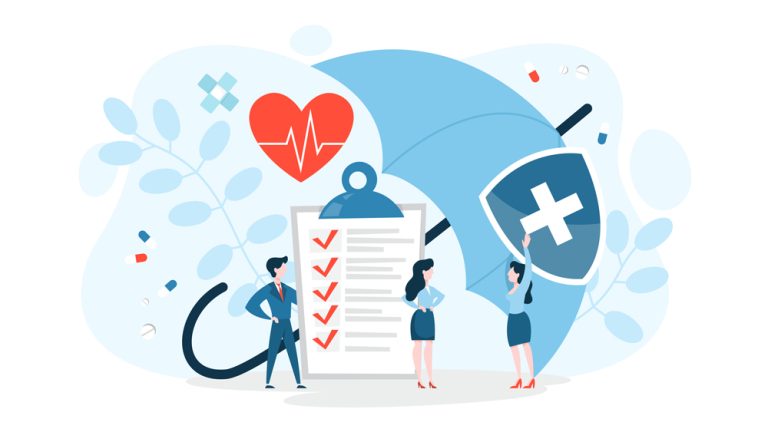Gold isn’t just a shiny metal—it’s a time-tested store of value that investors have turned to for centuries. With the market on a hot streak and volatility in the financial system becoming a growing concern, gold continues to shine as a reliable asset. If you’re new to investing or simply curious about diversifying your retirement accounts, this guide will walk you through everything you need to know about investing in gold using your 401(k) or IRA. You’ll learn why gold can be a powerful asset, how you can get started, and how it can strengthen your portfolio.
Why Gold Has Been Gaining Value
Gold isn’t just a material for jewelry; it’s a unique asset with an intrinsic value recognized globally. Over the past five to ten years, gold has experienced significant price increases, offering investors compelling returns during uncertain times.
For example, from 2012 to 2022, gold grew by over 50% in value, even as it weathered periods of market fluctuation. When we talk long-term stability, gold has held value better than many other assets, often acting as a hedge against inflation.
Why is this relevant to you? Because while traditional stocks such as the S&P 500 have offered strong returns in recent years, markets don’t always go up forever. Economic shifts, banking instabilities, and inflation often influence equity performance, leaving portfolios exposed. Gold, on the other hand, has consistently demonstrated its resilience in times of turbulence, proving essential to mitigating risk in an investment portfolio.
Benefits of Including Gold in Your Portfolio
You’ve likely heard that diversification is key to a healthy portfolio. Gold is a perfect candidate for creating balance because its performance often contrasts with traditional asset classes like stocks and bonds. Below are some reasons why adding gold to your investments is a wise choice:
1. Hedge Against Inflation
When inflation rises and purchasing power declines, gold tends to shine. Unlike paper currency, the value of gold doesn’t diminish due to inflation. Including gold in your retirement plan protects your savings from losing value over time.
2. Portfolio Diversification
Gold’s value typically moves independently of stock market fluctuations. This means when equities tank, gold often holds steady or increases in value, acting as a safeguard in your portfolio.
3. Long-Term Stability
Gold has been a trusted store of value for centuries. Its durability ensures it remains valuable across economic booms, recessions, and even geopolitical crises. Talk about security!
4. Universal Demand & Liquidity
Gold isn’t just valued in your region—it has a global demand. This ensures that even if you need quick cash, gold remains a highly liquid asset.
5. Tangible Protection
Unlike digital stocks or bonds, gold provides tangible ownership. This level of physical security adds peace of mind, particularly during economic instability.
Combining gold with other investments, like stocks, bonds, or mutual funds, ensures your portfolio has multiple layers of protection against market unpredictability.
How to Invest in Gold Using Your 401(k) or IRA
If you’re looking to future-proof your retirement, investing in gold as part of your 401(k) or IRA is easier than you think. Here’s how to get started:
Investing with a Gold IRA
A Gold IRA, also known as a precious metals IRA, allows you to include physical gold in your retirement account. Unlike a regular IRA that holds stocks, bonds, and mutual funds, a Gold IRA gives you the benefit of owning tangible assets while enjoying tax advantages. Here’s how it works:
- Find a Gold IRA Custodian
To invest through a Gold IRA, you’ll need a trusted custodian to manage your account. They facilitate the purchase, storage, and maintenance of your gold investment. Research custodians who are IRS-approved and have a strong industry reputation.
- Purchase IRS-Approved Gold
Not all gold can be included in an IRA. Ensure the gold you purchase meets IRS guidelines for purity (typically 99.5% for gold bullion and coins). Your chosen custodian will usually provide recommendations on compliant options.
- Store in an Approved Depository
Gold within an IRA must be securely stored in an IRS-approved depository, not at home. This ensures compliance and protects your investment.
Rolling Over Funds from a 401(k)
If you still have a 401(k) from a previous employer, you can roll it over into a Gold IRA to diversify your retirement portfolio with physical gold. However, consider consulting a financial advisor to ensure the rollover is executed without incurring penalties.
Investing in Gold ETFs
For those who prefer not to deal with physical gold, exchange-traded funds (ETFs) offer a simpler option. A gold ETF allows you to invest in gold-related assets through your 401(k) or traditional IRA without the need for physical storage.
Direct Gold Purchases
Some 401(k) plans allow for self-directed brokerage accounts, enabling you to purchase gold stocks, ETFs, or mutual funds directly within your retirement account.
Reminder
Whether investing through a Gold IRA or a 401(k), always consult a financial expert to align gold investments with your specific retirement goals and risk tolerance.
Why People Love Investing in Gold
Gold isn’t just another commodity. People flock to it for many reasons:
- Security: Gold remains valuable even during a financial downturn.
- Independence: Unlike stocks that depend on company performance, gold is not tied to a single corporate entity.
- Legacy Value: Many see gold as an asset they can pass down to future generations.
- Peace of Mind: Knowing part of your portfolio is held in a non-correlated safe-haven asset provides reassurance during volatile times.
Gold’s growing reputation as a reliable asset explains why so many Americans are incorporating it into their investment strategies. Whether it’s for retirement or simply protecting wealth, gold creates a safety net when other investments falter.
Take Control of Your Future
If you’re navigating the uncertainty of today’s financial system, don’t wait for the next market crash to diversify. Gold investments through an IRA or 401(k) can safeguard your financial future, offering stability and favorable long-term returns.
Whether you’re a seasoned investor or just starting, there’s no better time to explore the benefits of gold. Reach out to financial advisors, research Gold IRAs, or consult custodians to find an option tailored to your needs








